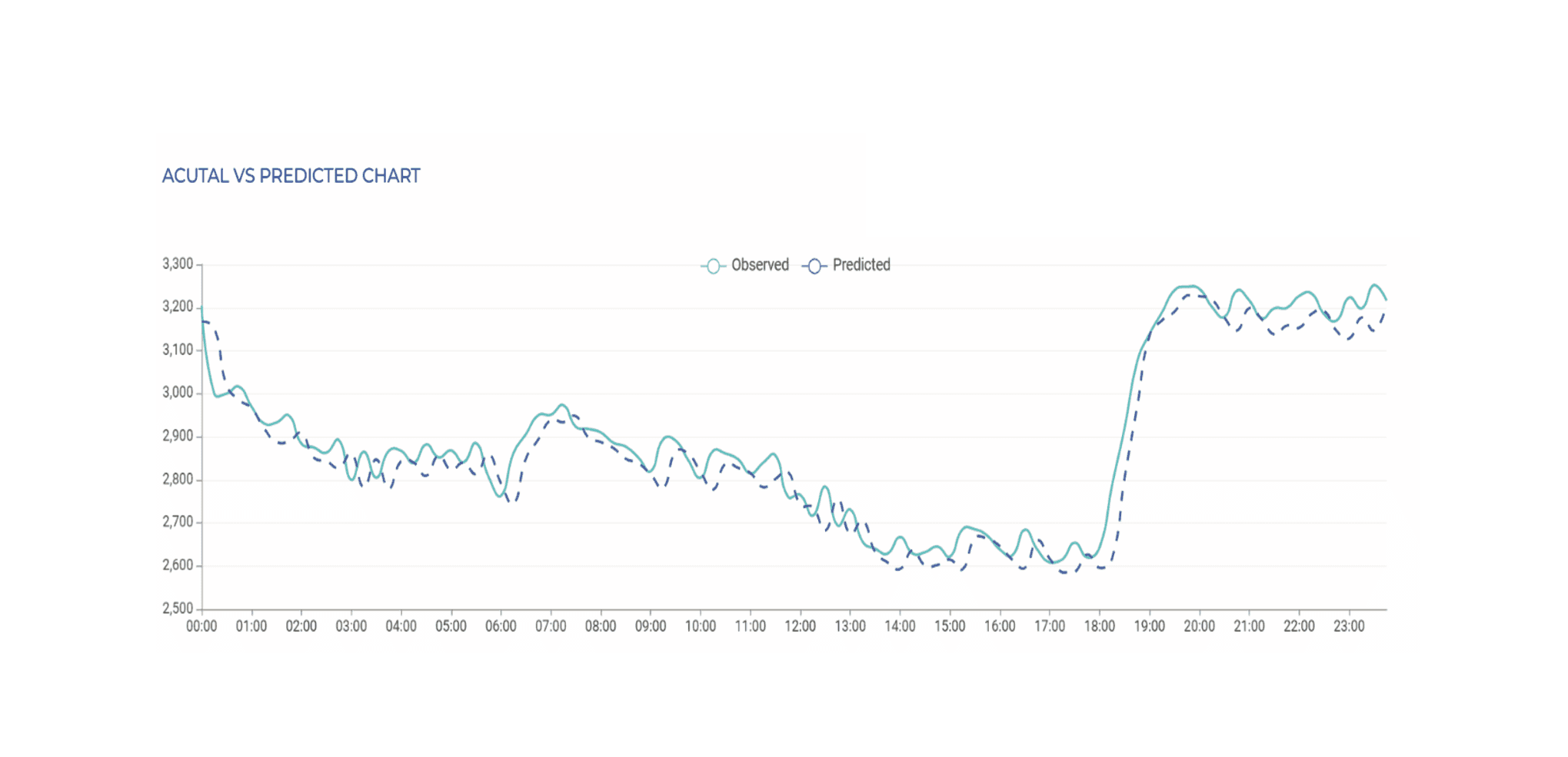Introduction
In an age where data-driven decision-making is pivotal for organizational success, the ability to predict future demand accurately is invaluable. For electricity distribution companies, demand forecasting is not just about ensuring they can meet the demand but also about optimizing operations and improving service reliability. This case study explores the demand forecasting challenges faced by a DISCOM in central India which serves 6 Million Consumers and the solutions provided by Esyasoft.
Problem Statement:
The DISCOM utilized an LSTM (Long Short-Term Memory) based Load forecast system across all its Electricity Distribution Circles. While the system generally produced satisfactory results, it struggled to provide accurate predictions during the peak of the COVID period. With a year's worth of data available from smart and interval meters, the organization sought to refine the existing model to make its predictions more accurate.
The Solution:
Esyasoft stepped in with its expertise in developing 15-minute interval Load Forecast models. These models, grounded in statistical and deep learning methodologies (like ANN, LSTM, SVM, SARIMAX), are designed to consider various external factors:
Weather patterns
National holidays
Unique social or religious events
Such a comprehensive approach ensures that the forecasts are not just based on past data but also account for potential anomalies or spikes in demand.
Current Status:
Data Acquisition: Received 15-minute interval Load data of the DISCOM.
Model Development: Creation of different forecasting models considering varying time horizons and input variables.
Model Assessment: The models are currently being assessed for accuracy by comparing their predictions with actual load data.
Deployment: The deployment of the solution and custom dashboards is in progress.
Resource Management: Both manpower deployment and hardware & software procurement have been completed.
Ongoing Development: The configuration and further development of the Load Forecasting Model is underway.
Outcomes & Benefits:
Improved Accuracy: By optimizing the model based on a longer time horizon and tuning parameters related to weather and daily variations, the expectation is to significantly enhance forecasting accuracy.
Performance Goals: The target is to achieve a forecasting accuracy above 97.5% on a daily basis and to minimize errors across different time blocks.
User Interaction: The introduction of a new portal will empower users to interact with forecasts, delve deeper into variations, and conduct thorough load research.
Performance Tracking: The system will have built-in capabilities to monitor model performance and send alerts if deviations exceed specified thresholds.
Comparative Analysis: Integration of various forecasting models will allow for performance comparisons, fostering further technological advancements.
Conclusion:
Demand forecasting is a critical component for electricity distribution companies. By leveraging advanced models and considering various external factors, it's possible to achieve high levels of accuracy, ensuring that both operational efficiency and service reliability are maximized.



